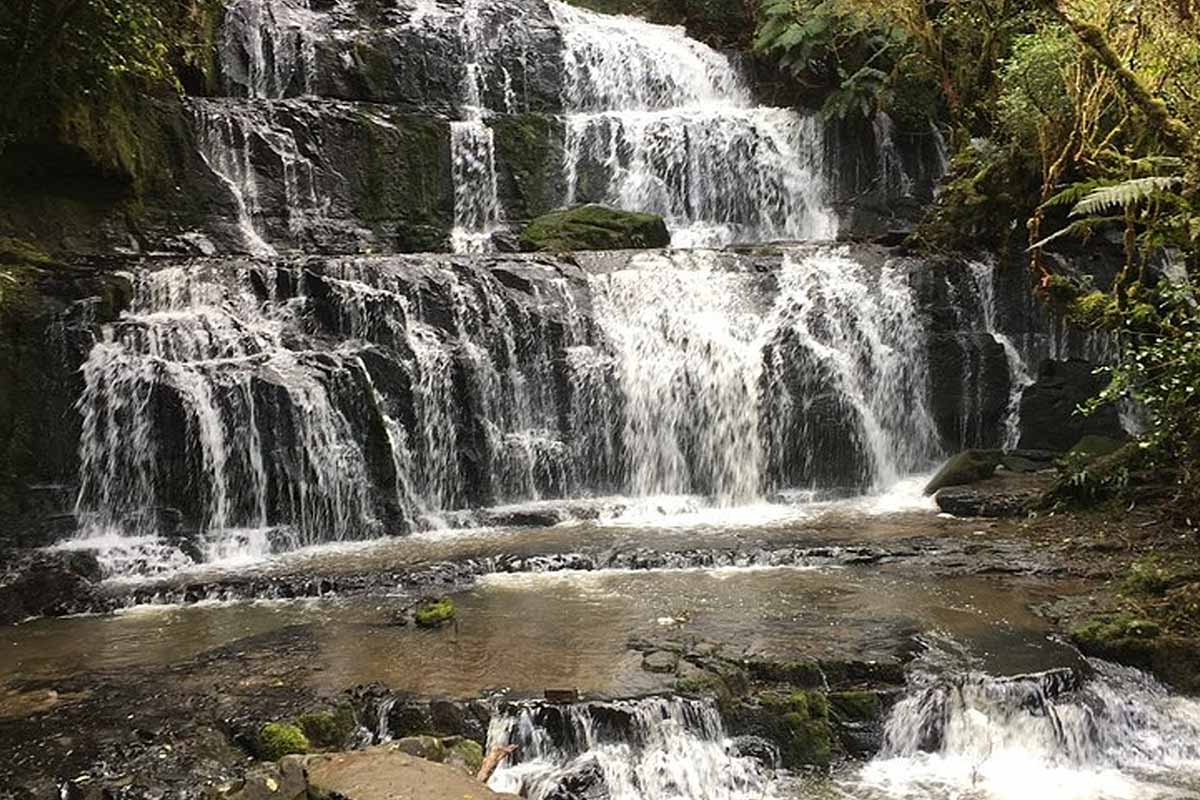A rush of movement turns rock into a living staircase. The camera locks on rare fish, and the spectacle feels almost unreal. Water sheets over stone, yet small bodies keep rising with unwavering intent. The scene raises urgent questions about migration, survival, and fragile river systems. While the footage thrills, it also grounds a bigger story about field science. Real places, real seasons, real risks. Because behind each leap lies a clue to behavior, reproduction, and the pressures reshaping freshwater life.
How scientists filmed rare fish scaling waterfalls
A first alert came from Brazil’s Environmental Military Police. Thousands of bumblebee catfish climbed slick rock faces behind waterfalls, turning turbulence into passage. The event, later described in the Journal of Fish Biology, showed a coordinated ascent unlike prior notes. A week later, researchers arrived and recorded the surge on video.
The site lay on the Aquidauana River in Mato Grosso do Sul. Waterfalls rose between one and four meters, yet the fish advanced step by step. The footage captured timing, posture, and flow. It also captured scale, since observers reported large numbers moving together in tight waves. That scale matters for ecology.
The month was November 2024, the start of the rainy season. Conditions shift then, and upstream routes open. Scientists documented details carefully because small errors ripple through conservation work. Evidence on movement windows helps design crossings, not just headlines. The footage adds proof, and proof improves protection.
Climbing mechanics and daily rhythm
Heat shaped behavior across the day, and timing shaped success. During hot afternoons, fish sheltered under rocks and hugged shade. As light faded, activity rose. The climb began near sunset, when glare dropped and flows steadied. Crepuscular windows, therefore, offered safer traction and better bursts.
The movement itself relied on simple physics used well. Fish spread paired fins wide to stabilize on the rock. They drove forward with lateral and caudal motions while water pressed them back. Contact stayed firm, which signaled a suction effect. That grip turned splashes into footholds and hesitation into progress.
Researchers noted the pattern repeated across individuals. Crews recorded clips to verify angles and pace. The behavior looked efficient, not frantic, even with rough spray. Because rare fish survive on margins, small advantages decide outcomes. Consistent technique, paired with twilight timing, likely cut energy costs and predation risk.
Why rare fish behavior matters for conservation
Observation answered one question while surfacing many more. Teams saw males and females, mostly mature adults, moving together. The timing matched early rains, so the upstream push likely linked to reproduction. That hypothesis fits known river cycles, yet the footage adds direct, behavioral evidence on the ground.
Conservation planning depends on that level of detail. Small migratory fishes face habitat fragmentation and damming. Where walls rise, seasonal routes vanish. Field data anchors mitigation, because models without ground truth often mislead. Scientists stressed how reliable clips, dates, and conditions inform design for passages, flows, and timing.
Policy follows proof. When rare fish climb one to four meters, engineers can set targets. When climbing spikes at dusk, managers can align releases. Even brief videos guide choices. Because the river keeps changing, continuous observation remains vital. Evidence now helps guard movement later, before routes are lost.
Figures, seasons, and the risks on these rivers
Numbers sharpen the picture and cut guesswork. Observers described thousands moving together, not scattered stragglers. The ascent happened behind waterfalls, where current breaks and eddies form. Heights ranged from one to four meters, which is significant for body size. Those facts set baselines for future checks.
The species was Rhyacoglanis paranensis, the bumblebee catfish. Orange and black bands stood out against wet stone. These river specialists live in fast water, which complicates study and sampling. Three other species were seen climbing alongside, which suggests shared routes or cues. Shared routes often signal shared vulnerabilities too.
Researchers proposed reproduction as the driver, although proof needs more work. Both sexes appeared, and most were mature. The timing matched the rainy season’s beginning. According to the study, these threads build a coherent story. Because rare fish carry small margins, a correct story guides practical safeguards.
Public science, simple cameras, and shared discovery
Field observation scales powerfully through simple tools. Photos and videos capture behavior without heavy gear. Teams often share clips publicly, and interest grows fast. That openness strengthens conservation, because attention invites funding and local stewardship. Shared evidence also teaches patterns across seasons and places, not just moments.
Live cameras help keep that loop running. A well-placed stream shows nesting, feeding, or migration in real time. Although examples vary, the principle holds: access expands insight. People learn, so behavior gains context. Scientists gain baseline archives, so comparisons stay honest. Transparency, therefore, becomes a method, not only a value.
Broader stakes reach beyond any one river. Humans rely on animals for food, labor, and signals about ecosystem stress. Endangered species often warn us early. Decline in indicator populations hints at wider harm. The waterfall footage fits that arc, because rare fish movement reflects flow, temperature, and passage integrity across watersheds.
A cascade moment, a clearer path for fieldwork and river design
What started as an arresting scene now directs practical action. The November 2024 event on the Aquidauana River shows how timing, technique, and flow let small bodies conquer tall barriers. Because scientists measured heights and rhythms, planners can tailor passages and releases. As field teams keep filming, rare fish gain safer futures through designs grounded in reality.
